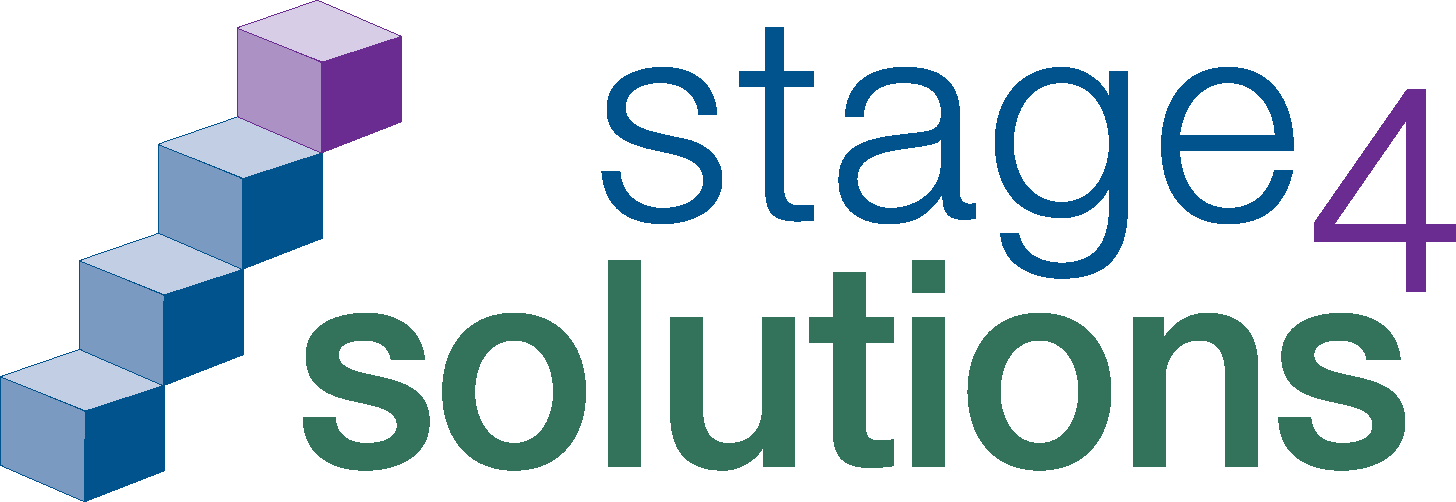Navigating the DOL’s Independent Contractor Final Rule: Implications and Strategies for Businesses
- February 26, 2024
- Posted by: Stage 4 Solutions
- Category: Blog

The U.S. Department of Labor (DOL) recently announced a significant development in the employment landscape with the issuance of its Independent Contractor Final Rule which is scheduled to take effect on March 11, 2024. This rule, Employee or Independent Contractor Classification Under the Fair Labor Standards Act, introduces substantial changes to the criteria for classifying workers as independent contractors or employees, impacting businesses across various industries.
In this article, we will delve into the key aspects of the final rule, explore its potential ramifications for businesses, and highlight the strategies to navigate these changes effectively.
Understanding the Changes and Potential Impacts:
The Independent Contractor Final Rule supersedes a 2021 rule that primarily emphasized two core factors – control over the work and opportunity for profit or loss – in determining a worker’s employment status. In contrast, the new rule introduces a totality-of-the-circumstances analysis, incorporating six factors of equal significance:
1. Opportunity for profit or loss: Assessing a worker’s ability to negotiate pricing and make business decisions, indicating independent contractor status.
2. Investments by the worker and employer: Examining whether the worker invests in tools and expenses or if the potential employer provides them, which may suggest employee status.
3. Degree of permanence of work relationship: Indefinite duration implies employee status.
4. Nature and degree of control: Evaluating the employer’s control over supervision, scheduling, and limitations on the worker’s freedom to work for others. Higher control may indicate employee status.
5. The extent to which the service rendered is integral to the employer’s business: Considering if the work is central to the employer’s business, as seen in examples like janitors working for janitorial businesses or delivery workers for app-based delivery companies.
6. The skill and initiative required for work: Assessing if the work requires special skills and if those skills enable the worker to exercise business-like initiative. A lack of such skills may suggest employee status.
Although this nuanced approach seeks to provide employers with a clearer and more consistent framework for classifying workers, it may introduce uncertainty and confusion for employers and require extra effort to implement it.
The rule is expected to impact workers’ ability to operate independently due to increased risk of legal consequences as well as have significant implications for the gig economy, where app-based platforms traditionally classify workers as independent contractors. Gig workers, including delivery drivers and freelancers, may now face challenges to their existing classification. Additionally, workers in project-based roles, such as writers, musicians, professionals, and trainers, could be similarly affected.
What Employers Need to Know:
To effectively navigate the Independent Contractor Final Rule, employers must carefully evaluate each of the six factors outlined in the final rule and conduct thorough reviews of their worker classifications to ensure compliance with the new standards. Recognizing the need for additional support and clarification, the DOL has committed to releasing additional guidance on specific scenarios and nuances that may arise during the classification process to aid employers in understanding and implementing the final rule effectively.
There are several risks associated with engaging independent contractors such as misclassification, liability, audits, and co-employment and misclassification is certainly the most common risk. The focus of concern is on the relationship between workers and end users. The paramount factor in determining employee or independent contractor status is seen as supervision and control. Although the evaluation criteria have changed, the risks remain the same as before.
Audits can be very challenging. Various triggers, such as unemployment claims, classification determination requests, whistleblower reports, or government suspicions of misclassification, can lead to audits during contractor engagement.
How Stage 4 Solutions Can Help:
Businesses must proactively adapt to the new standards to avoid legal consequences. Regularly reviewing worker classifications, understanding the nuances of the six-factor analysis, and establishing a well-defined plan can be instrumental in navigating these changes effectively.
As businesses grapple with the implications of the final rule, the role of reputable staffing companies becomes increasingly crucial. When businesses work with a well-established staffing company like Stage 4 Solutions, we are the primary employer of the worker who pays wages, withholds taxes, negotiates terms, provides benefits and workers’ compensation, and has the right to hire and terminate. We only hire W-2 employees and provide all benefits.
Since 2001, we have helped over 125 organizations fill critical resource gaps and create success with temporary workers. We have created well-defined policies and procedures that eliminate all the risks associated with independent contractor classification for our clients.
Knowledge of federal and state laws: Stage 4 Solutions is a registered employer in over 36 states. Our experienced and knowledgeable operations team closely follows and seamlessly adapts to the new regulations introduced by the federal, state, and local governments.
Our contractors are our employees: All of our contractors are W-2 employees with benefits (health insurance, 401K, workers’ compensation, unemployment benefits) offered. From the beginning of the interview process, we are the main point of contact for the worker to discuss the terms of the job, salary, benefits, etc. Where applicable, we offer continued employment to our employees beyond one client project.
Clear and detailed SOWs for each engagement: Our dedicated account managers work with our clients closely to understand their needs and create a clear SOW for each engagement that includes the tasks and deliverables with key dates.
Ongoing communication: Our account managers are regularly in touch with both the employees and clients. When there is a performance concern, we communicate the issues with our employees to prevent mismanagement.
To learn more about how we can help you fill critical gaps, please contact us.

